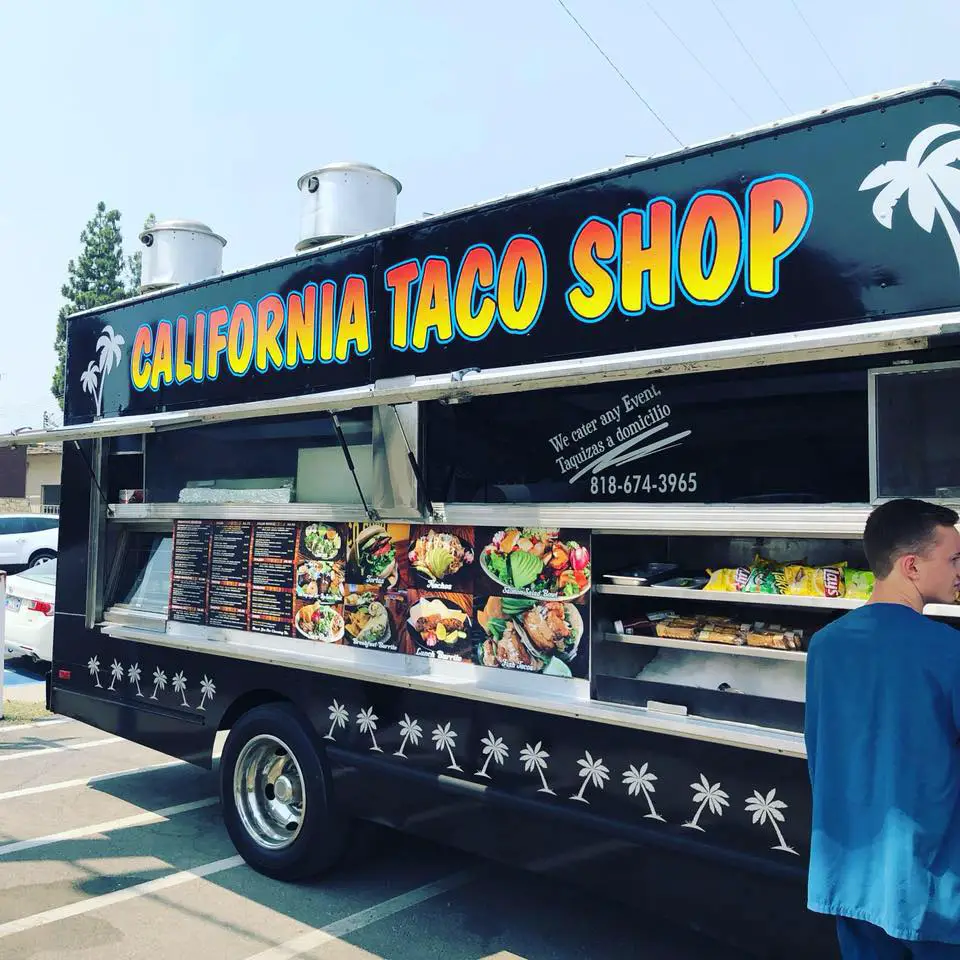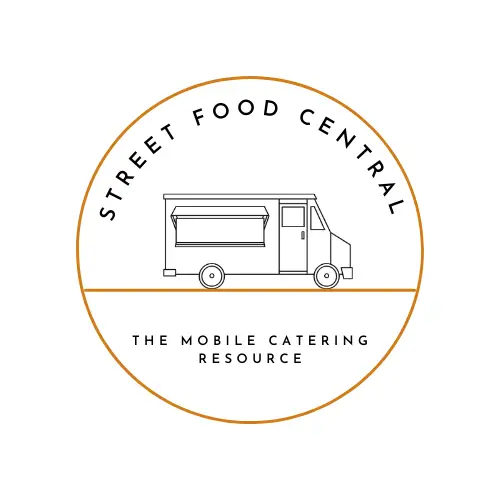The allure of food trucks lies in their unique blend of convenience, menu variety, and the general charm of street food.
A critical factor that significantly impacts the success of a food truck is the determination of its operating hours. Unlike a restaurant, street trucks have more authority over where and when they open. Some days 4 hours may be enough, but on festivals or events, you may need to stay open for over 12 hours.
This article delves into the various elements that influence the ideal operating hours for food trucks, aiming to provide owners with insights to maximize their business potential.
Understanding the Food Truck Business The food truck industry is cutthroat. Success in this business heavily relies on strategic planning, particularly in choosing operating hours. This decision intertwines with location dynamics, audience behavior, and market demand, forming the crux of a profitable food truck enterprise.
For example, if you open a food truck in an area that is full of office buildings, you will likely want to open it before everyone gets to work. This way people can buy breakfast from you and then you can move away from this area once the lunch hours are over.
On the other hand, if you are near a college campus, students in general will wake up a lot later and be out at later hours of the night. Therefore having an early start in this case would be sub-optimal and lose you money.
These are just two simple examples that show opening hours matter a lot and should be pre-planned.

Factors Influencing Operating Hours
- Target Audience: The ideal operating hours largely depend on the food truck’s primary clientele. For instance, trucks near office areas thrive during lunch hours, while those near nightlife spots benefit from late-night operations.
- Location Dynamics: The choice of location, from bustling city centers to quiet suburban streets, dictates the flow of potential customers. Each location demands a unique time window to capture the peak footfall.
- Competition and Market Demand: Analyzing the presence of nearby dining options can guide food truck owners in finding time slots where they face less competition and can meet unserved customer demand. In general though if all food trucks in one specific area have similar operating hours, these are bound to be the best times to open.
- Menu and Service Style: The nature of the menu items – whether they’re quick snacks or gourmet meals – also plays a pivotal role in determining suitable operating hours. Gourmet meals will simply not sell well before lunchtime.
- Seasonal Variations: Weather conditions and seasonal changes can significantly affect customer preferences and foot traffic, necessitating adjustments in operating hours. As a rule of thumb, winter opening hours are a lot shorter.
- Legal and Regulatory Considerations: Adherence to local regulations regarding operational timings is mandatory and can sometimes limit flexibility. Sometimes when you want to open is out of your hands and is dependent on local government.
Successful food trucks often demonstrate a keen understanding of their operational environment. For instance, a food truck in Austin, Texas, capitalizing on the city’s vibrant music scene, might extend its hours during festival seasons. These real-life examples underscore the importance of adaptability and market awareness.
Strategies for Determining Ideal Operating Hours Flexibility and experimentation are key. Owners should consider tracking sales data and customer feedback to identify peak periods, especially during different seasons. Engaging with customers through social media can also provide valuable insights into preferred operating times.
In summary, the ideal operating hours for a food truck are not one-size-fits-all but vary based on multiple interlinked factors. Success in this dynamic business hinges on the ability to adapt to the target audience, location, competition, and regulatory landscape, with an ongoing willingness to evolve and experiment.

